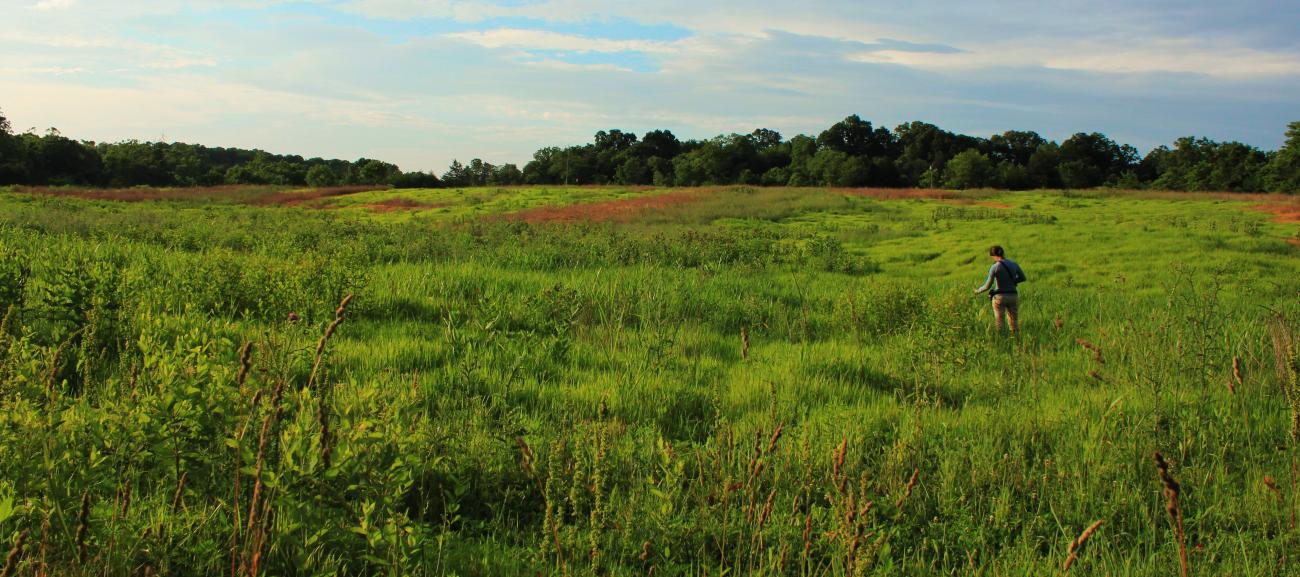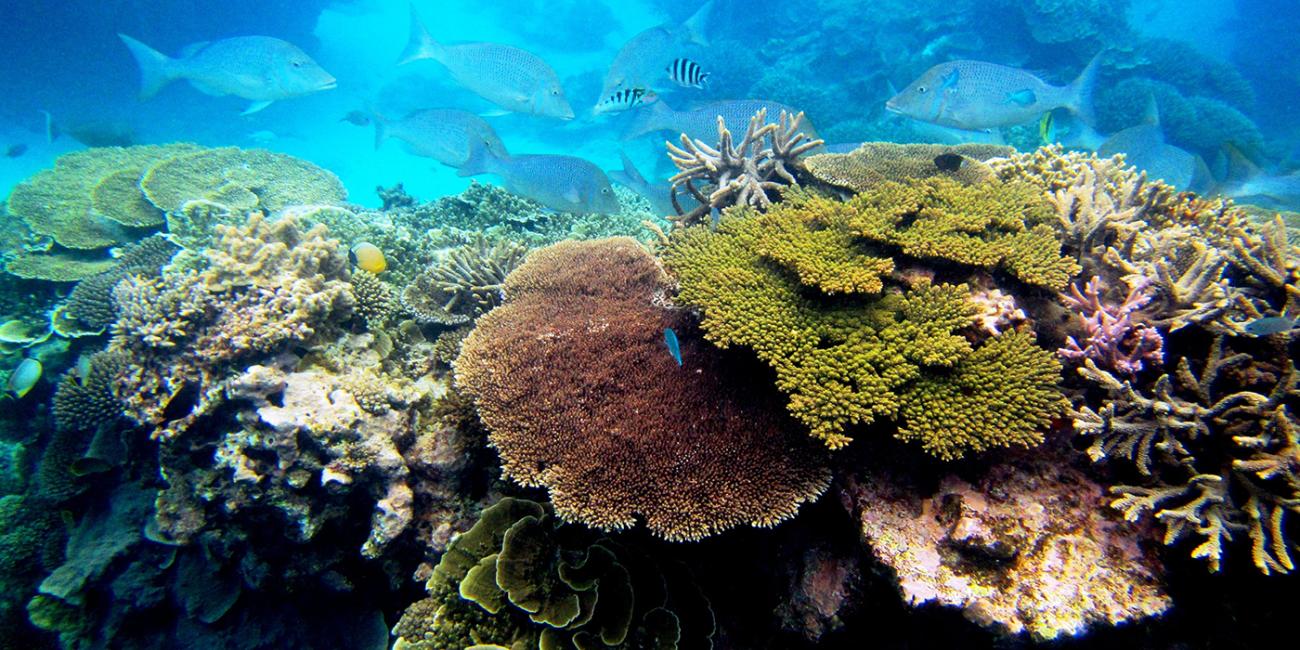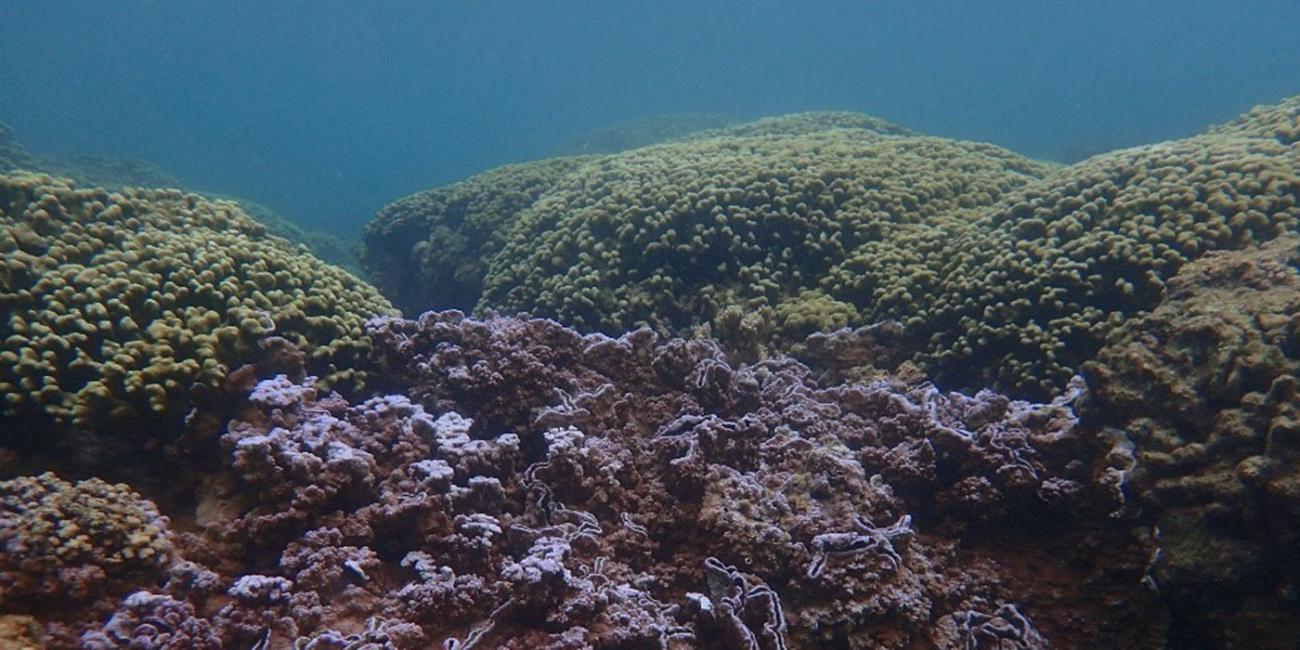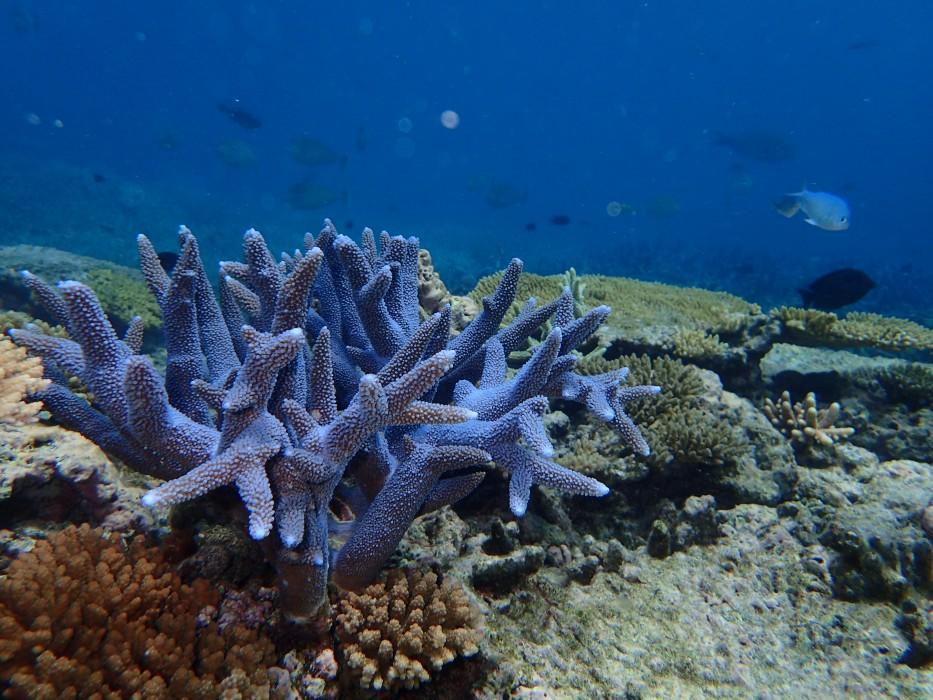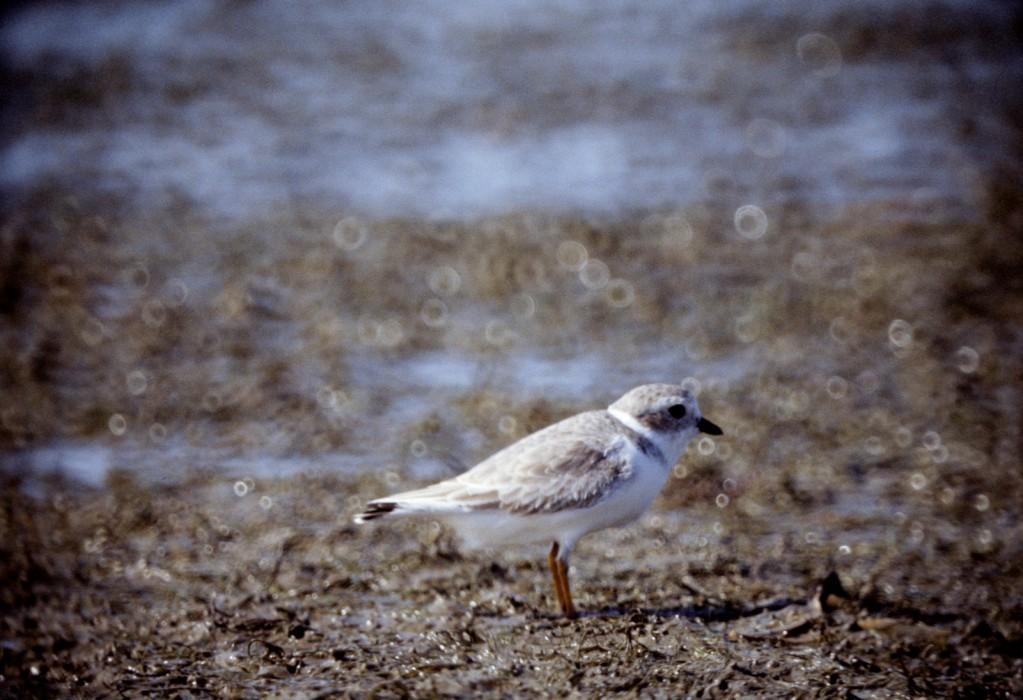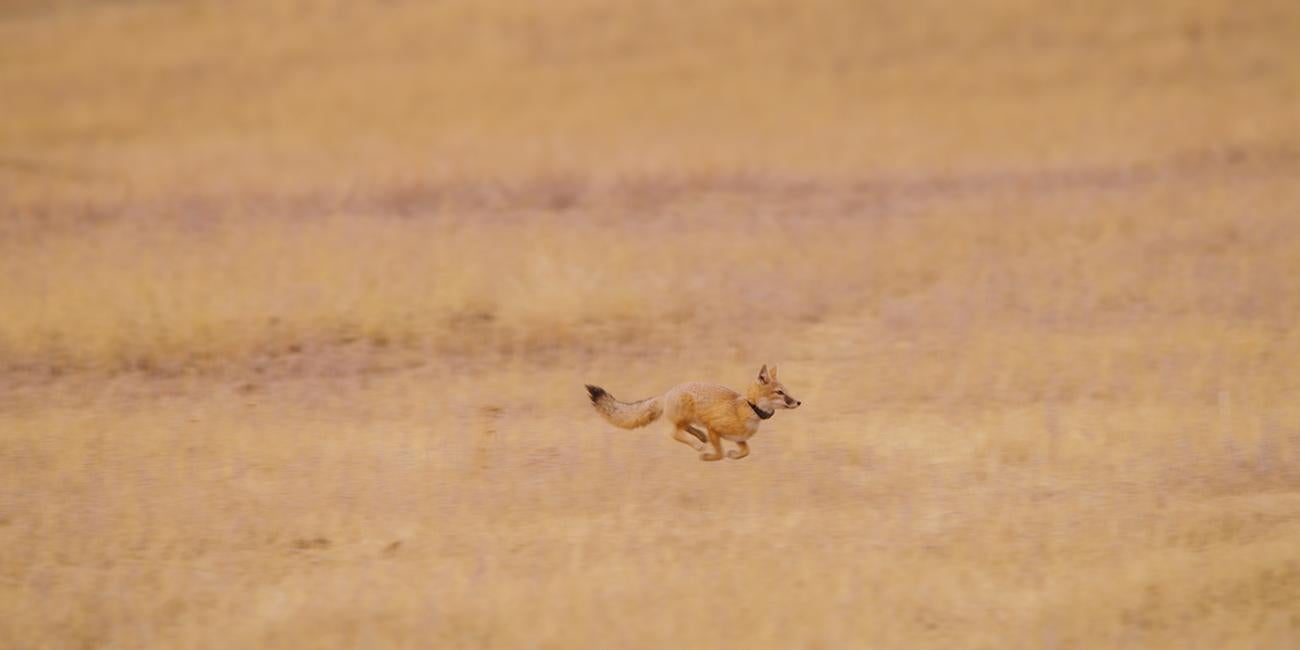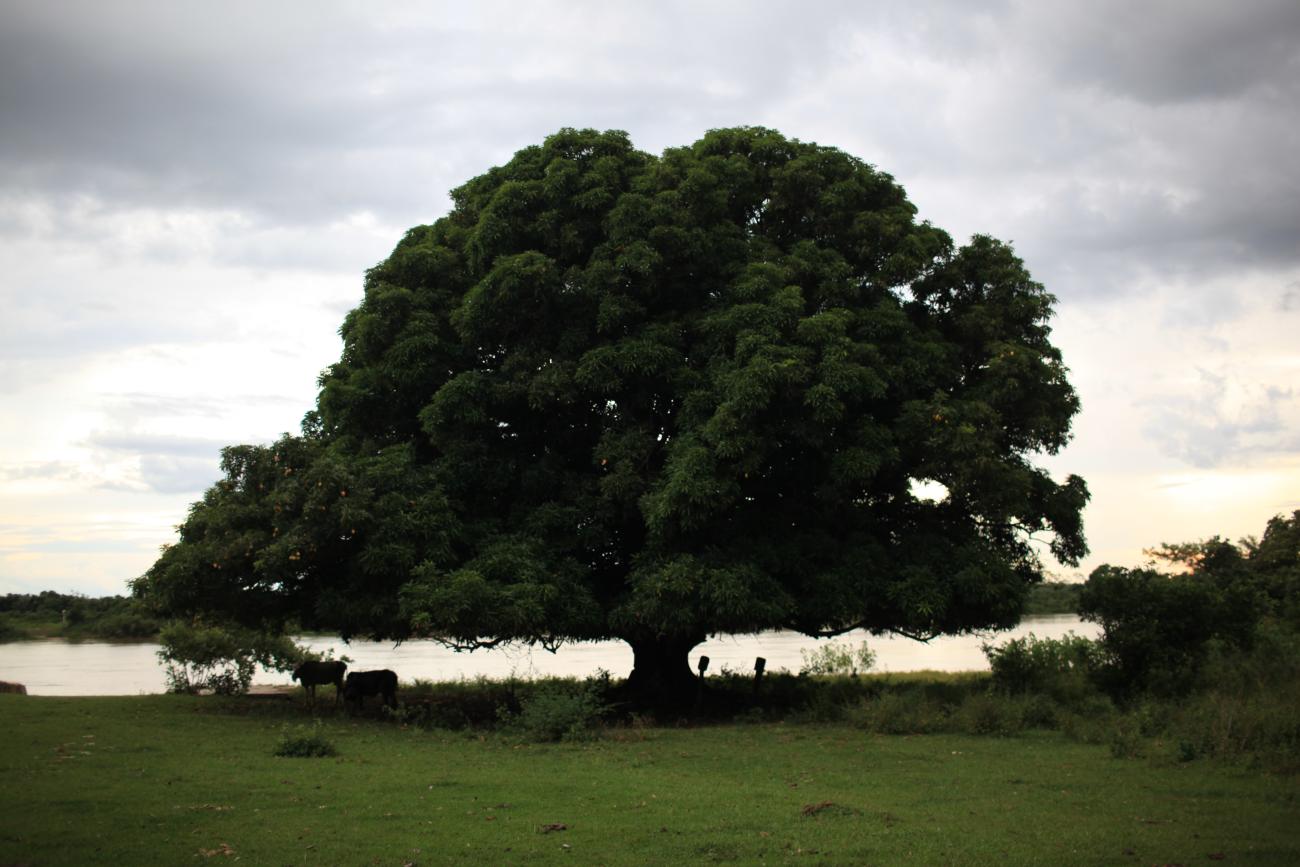Snapshot USA
Snapshot USA is a nationwide wildlife monitoring project launched by the Smithsonian Institution and partners at the North Carolina Museum of Natural Sciences in 2019.
As the only standardized camera trap survey with data from all 50 states, Snapshot USA tracks long-term trends in mammal populations through large-scale collaboration.
A Collaborative Conservation Effort
This grassroots initiative brings together more than 200 institutions across the country. Together, project partners have deployed camera arrays at 337 unique sites and collected over 1 million observations of wild mammals. These data sets are coordinated by the Smithsonian and are openly shared to support research, education, and conservation efforts.
How It Works
Partner organizations must follow standardized protocols to participate:
- Deploy at least 8 cameras between September and October (> 400 camera nights of effort)
- Upload images and metadata to the Wildlife Insights platform
- Verify species ID assigned by AI process
After quality checks, Snapshot USA project members publish the dataset as an open-access data paper, listing up to two co-authors per partner organization.
Getting Involved
Most of Snapshot USA’s current collaborators come from academic institutions — but project leaders are working to expand into other sectors. Participants from nonprofits, agencies, or community groups are welcome.
Snapshot USA also offers a limited number of free camera kits to support individuals and organizations from underrepresented backgrounds.
Join Us for the Upcoming Season
Want to contribute to one of the largest wildlife monitoring efforts in the U.S.?





